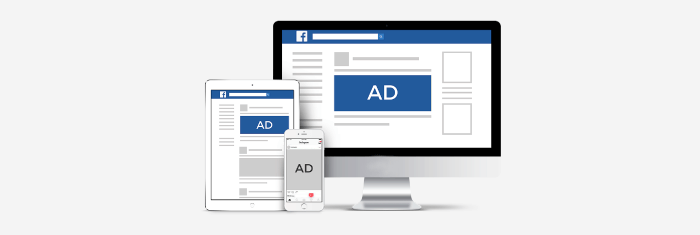
Retargeting on Facebook and Instagram
The modern market is the place where the attention of buyers becomes the most valuable for companies. The number of information channels is growing rapidly and it is becoming more and more difficult to win the attention of buyers. The task of a modern marketer is to cover the maximum number of points of contact with a future client.
And retargeting is the most powerful tool for solving this problem. Today we will talk about retargeting on Facebook and Instagram. Why is it needed, how does it work and what benefits does it bring to the business?
What is retargeting?
Before discussing the details, let’s start with the definition itself. In simple words: Facebook retargeting is the process of finding people among users who have visited your site or applications to interact with it further. This is a unique tool that additionally motivates customers not only to look at the product card again but also to make a purchase.
Retargeting campaigns are often much cheaper than regular ads and bring more conversion and allow you to use your ad budgets more efficiently.
How does retargeting work?
 According to statistics, from 95 to 98 percent of users who are interested in a certain product and visit its website do not make a purchase, but simply pass by.
According to statistics, from 95 to 98 percent of users who are interested in a certain product and visit its website do not make a purchase, but simply pass by.
It would seem that the manufacturer of the product does not receive any benefit from this. However, information about visits is stored in two places: in the subconscious of the user and in the cookie of his browser – a small database that contains information about the latest activities of its owner.
You install a small piece of code (Facebook pixel) on your site that identifies visitors as specific users. In the future, Facebook will understand what and who has recently been interested in and will display relevant advertising messages.
Retargeting comes in the form of a small banner, post on a social network, video, or carousel with products, and shows the user the very product that interested him the day before.
“Ohh! Something familiar!” – the user thinks, follows the link, and is much more likely to buy a toaster.
Ads running after the client on Facebook and Instagram

There are two most common retargeting goals:
- Traffic (if you want a potential customer to return to your site, remember your product or service);
- Conversions (if you want to nudge people to make a purchase or a targeted action).
Approximately three-quarters of the baskets collected by customers in online stores do not make it to payment. Users choose products, look closely at them, compare with others, and then simply leave the site without completing the purchase. Retargeting “catch up” with them, as if saying: “Maybe you will buy after all?”.
This works especially well if, along with an already familiar product, a catch-up advertisement offers the buyer a discount, bonus, or additional product. Getting a stylish case as a gift for your phone, which you have already been eyeing, is a very tempting prospect.
With this tool, you will be able to show retargeting ads to a potential client in posts, stories, inserts, and other placements, depending on the specific goals of the advertising campaign. This will significantly increase the number of targeted customer contacts and increase sales.
How social media retargeting can be used

Accelerate decision making. For example, you offer a language training service and want to launch retargeting in order to encourage a user to leave their contacts. Set up an ad offering a free test.
Remind the user about the products they were interested in. For this purpose, you can run dynamic retargeting. If you have a large catalog of products, you can upload your product data sheet to the ad manager.
In doing so, your Facebook pixel will track the behavior of individual visitors and which product pages they are viewing. Then he will show them the products again. This type of retargeting is more personalized and more converting than usual.
Reduced number of abandoned carts. By using additional discounts in retargeting campaigns, you can minimize the number of purchase bounces. Of course, in the short term, this can reduce margins, but it will allow you to get a buyer who can make purchases in the future.
Notification of promotional offers, events, and news to regular customers. Let’s say you have an online cosmetics store, and it has regular customers who follow the latest in the beauty industry, follow new technologies.
With the help of retargeting, you can notify them about new products received in the online store. Thus, you can interest the girls to go to the site and explore the new product.
Using retargeting funnels

Let’s say you launched a new product on the market using a unique technology. For example, a pasta that does not contain sugar and preservatives – only natural berries. Your product has a beneficial effect on improving immunity and other vital signs. How do you create user confidence and encourage them to buy a similar product?
A well-built retargeting funnel will help us with this. This is a chain of ads that the user sees in sequence. Each next after viewing the previous one. The first ad may be about the benefits of berry paste. In the second, we compare the concentration of nutrients in fresh fruit and our pasta, etc.
After showing the entire chain, you can offer the buyer a discount on the product. This way we smoothly lead him to the purchasing decision.
Setting up retargeting
When you take into account all the subtleties and peculiarities of setting up retargeting, it can be an incredibly powerful tool for increasing sales and growth of your entire business.









